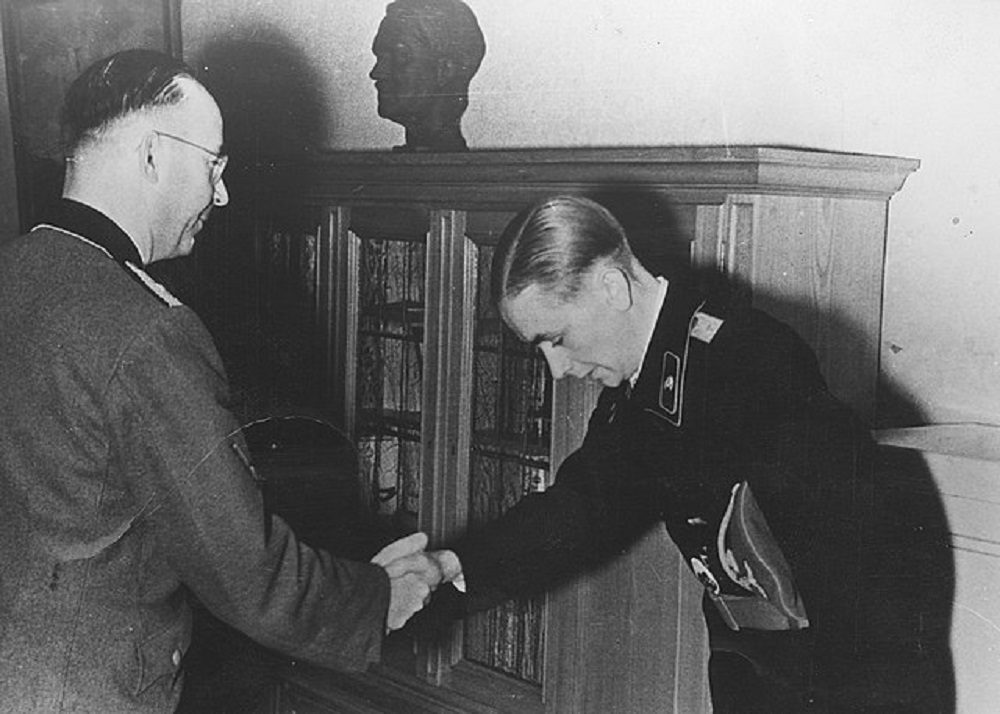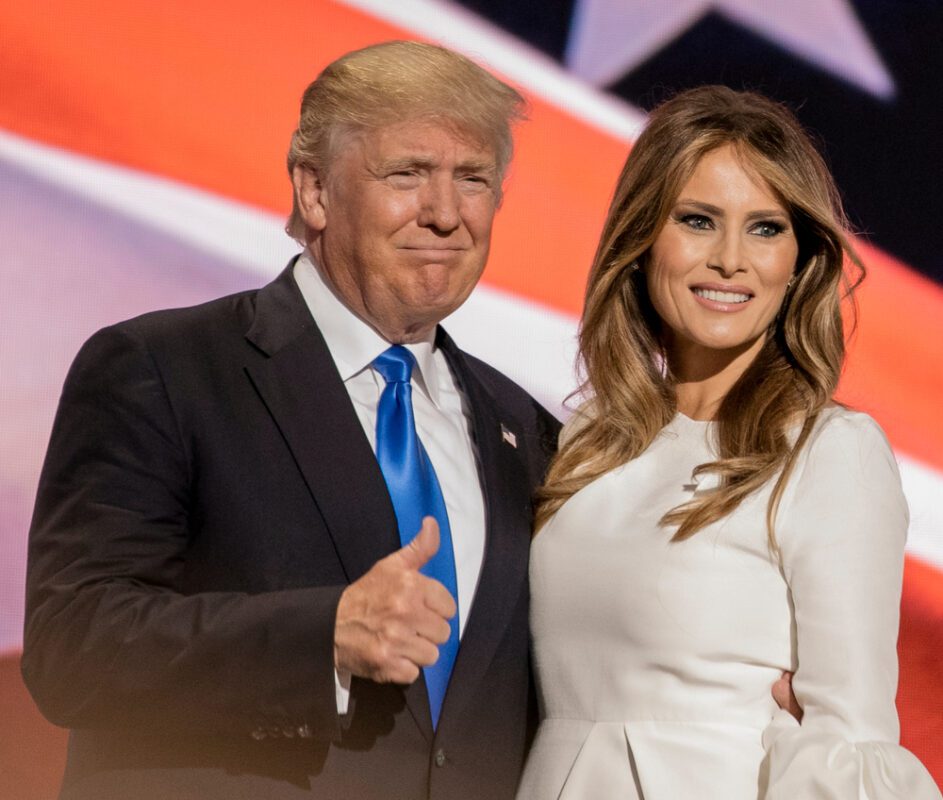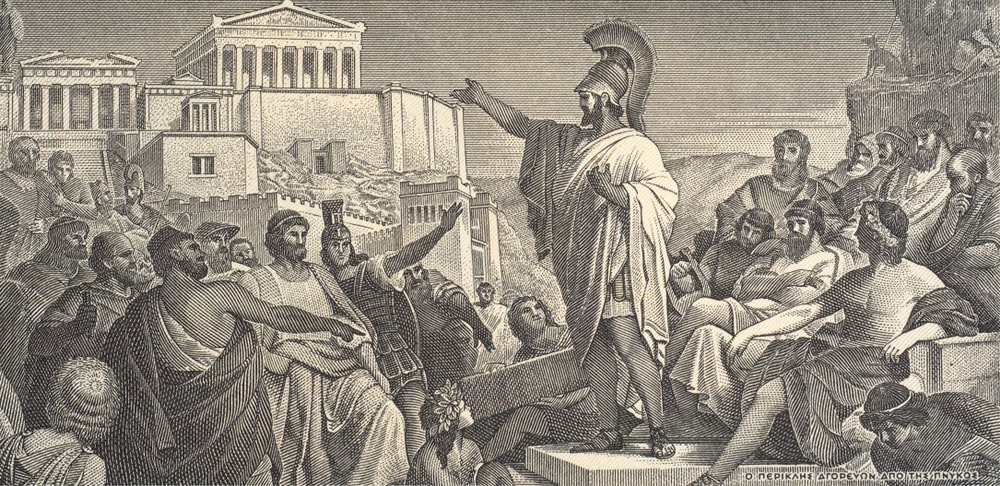Can you live without these inventions?
You may think that you can’t live without your mobile phone or your computer, but what about the inventions created before them? Humans have been creating and innovating since the beginning of time to get us all to where we are today.
America is an innovative nation impatient for improvement and fascinated by new ideas. Some would say that innovation is at the heart of the US economy. We can only agree with this.
Fresh ways of thinking and new ideas have been an engine of growth for our country, transforming it into both an industrial and technological wonder, and even into the largest economy in the whole world.
As you may already know, there are a lot of American inventions that changed our world. How many of them do you know?
Here are 10 made-in-America inventions that made history forever.

1. Lockstitch Sewing Machine (1833)
Chances are your mother or grandmother had one of these. In fact, the lockstitch sewing machine, invented by Walter Hunt, Isaac Singer, and Elias Howe, is one of those inventions that helped to improve the lives of millions of women.
Walter Hunt was the one who created the first lockstitch in 1833 but failed to apply for a design patent due to his concerns over the mass unemployment his invention would create.
In 1846, Elias Howe reinvented the machine hoping he could get it to market but his attempt didn’t succeed either. Isaac Singer was the one who knew how to get things done.
All three men eventually benefited from their work in the invention of the lockstitch sewing machine.
2. Vacuum Cleaner (1860)
The vacuum cleaner is definitely one of the best inventions of all time. It was created by Iowan Daniel Hess, who originally called it a “carpet sweeper”. He received a patent for this brilliant invention on July 10, 1860.
Generating suction with a clever bellows system, it also had quite an efficient rotating brush. Hubert Cecil Booth of England was the one who invented the first motorized vacuum cleaner in 1901.
But it wouldn’t be until 1907 that James Murray Spangler, a janitor from Canton, Ohio, would create the first successful portable electric vacuum cleaner powered by electricity. Can you guess how exactly he did that? Well, he simply used a pillowcase as a dust bag!
3. Jeans (1873)
Most people own a least one pair of jeans. The “go anywhere, do anything” American fashion icon is definitely a top choice for casual wear all around the world.
Jacob Davis, a Latvian-Jewish American immigrant, is the one who created the first pair of modern jeans. He was working as a tailor and one day, a customer approached him asking for a strong pair of work pants.
Using a heavy cotton fabric supplied by Levi Strauss & Co, Davis reinforced pants with metal rivets. His invention turned out to be an instant hit among the railroad laborers. Since he couldn’t keep up with demands, nor did he have the resources to file for a patent, Davis approached Levi Strauss, and the rest is history.
4. Telephone (1876)
On March 7th, 1876, Alexander Graham Bell obtained a US patent for “the apparatus for, and the method of transmitting vocal or other sounds telegraphically”.
There is some debate over who actually invented the telephone — Bell or someone else. In fact, there were several people working on the final product, but Alexander Graham Bell was the first to be issued a patent.
According to some experts, Bell stole the idea for a liquid-based voice transmitter from Elisha Gray, a US electrical engineer from Ohio. Others argue that Bell tested the transmitter only to demonstrate his own idea and never use it for commercial purposes.
In any case, try to imagine your life today without the possibility to talk with someone over the phone.

5. Electric Light Bulb (1879)
Most people know that Thomas Edison was the one who invented the electric light bulb. Contrary to popular belief, he didn’t actually invent the incandescent lamp. In fact, there were 22 people who invented incandescent bulbs before Edison.
However, he did come up with some innovations to the already existing electric light bulb and marketed a successful design meant to be long-lasting and effective for large-scale commercial use. Such was the genius of the light bulb, that it’s still used as a symbol and metaphor for bright ideas today.
Also known as “The Wizard of Menlo Park”, Thomas Edison was one of the first innovators to deploy large teams of collaborators for the invention process.
6. Skyscraper (1884)
The modern world couldn’t exist without the imposing presence of skyscrapers. After the Great Chicago Fire of 1871, the city became a magnet for architects willing to work on daring experiments. That’s basically how skyscrapers were invented.
Home Insurance Company Building, a 10-story skyscraper built in 1884, was the world’s first skyscraper. The edifice was designed by the architect William Le Baron Jenney from Massachusetts.
Unlike ordinary construction that uses load-bearing walls, these very tall buildings have a steel framework supporting glass panels and lightweight non-structural outer walls.
Through this construction technique, skyscrapers can have enormous heights such as Burj Khalifa (2,722 ft) in Dubai, which is currently the world’s tallest building.
7. Assembly line (1901)
Many inventions aren’t useful until and unless they can be produced at scale. This allows innovators to reduce labor and material costs and pass them on to customers as affordable products for mass use.
Ransom Olds, the founder of the Olds Motor Vehicle Company, was a pioneer of the American automotive industry. He’s credited as being the first to employ a stationary production line to create the world’s first mass-produced automobile called Oldsmobile Curved Dash.
The great event took place in 1901 and enabled its inventor to increase his manufacturing output from 425 cars to nearly 2500 in just one year.
8. Air conditioning (1902)
What would life be without air conditioning? Try living without it throughout the summer (at least in some parts of the world) and it’s easy to understand what a great invention it is.
The first electrical air conditioner was created in 1902 by American engineer Willis Carrier. In 1915, he went on to establish the Carrier Global Corporation. Despite the fact that his business was booming in the 1920s following World War I, the company suffered massive losses during the Great Depression and the Wall Street Crash of 1929.
It wasn’t until the roaring 1950s that air conditioning really started to gain popularity.

9. Airplane (1903)
On December 17th, 1903, the Wright brothers, Orville and Wilbur Wright, made the first sustained and powered airplane.
Figuring out how to design wings for flight was a crucial step in their invention process. And for that, they had to observe the birds’ flight, of course. They noticed that flying creatures angled their wings for control and balance, so the next step was to try to emulate this. That’s how the Wright brothers developed a concept called “wing warping”.
But that’s not all. When the two of them added a moveable rudder, they discovered they had the magic formula: the pilot would finally be able to maintain the aircraft’s equilibrium and steer it effectively.
All fixed wing aircrafts now work thanks to the Wright brothers’ invention.
10. Supermarket (1916)
Nowadays we simply drive to the supermarket, park for free, and do our grocery shopping for the whole next week in about an hour by grabbing what we need from shelves and throwing it in a shopping cart. But back in the day, things were a bit more different.
Supermarkets are an awesome invention that has changed the way we do our shopping. In the past, most people would have to visit multiple different stores to get what they needed. There was a separate butcher, baker, greengrocer, grocer, and pharmacy spread out along a “high street” or in the town center.
People would have to line up in front of the counter, tell the shop owner what they wanted to buy and it would be brought to them from the shelf behind the counter. As you may imagine, this process could take hours.
Clarence Saunders, an American entrepreneur, was the one who opened the first true self-service store in 1916. The grocery store was named the Piggly Wiggly store and operated in Memphis, Tennessee.
If you enjoy reading our content, here’s another article you may also like: 5 American Immigrants Who Contributed To The World.





